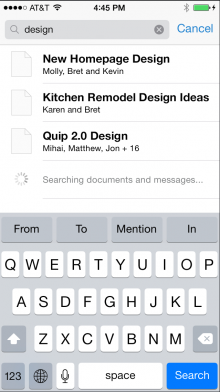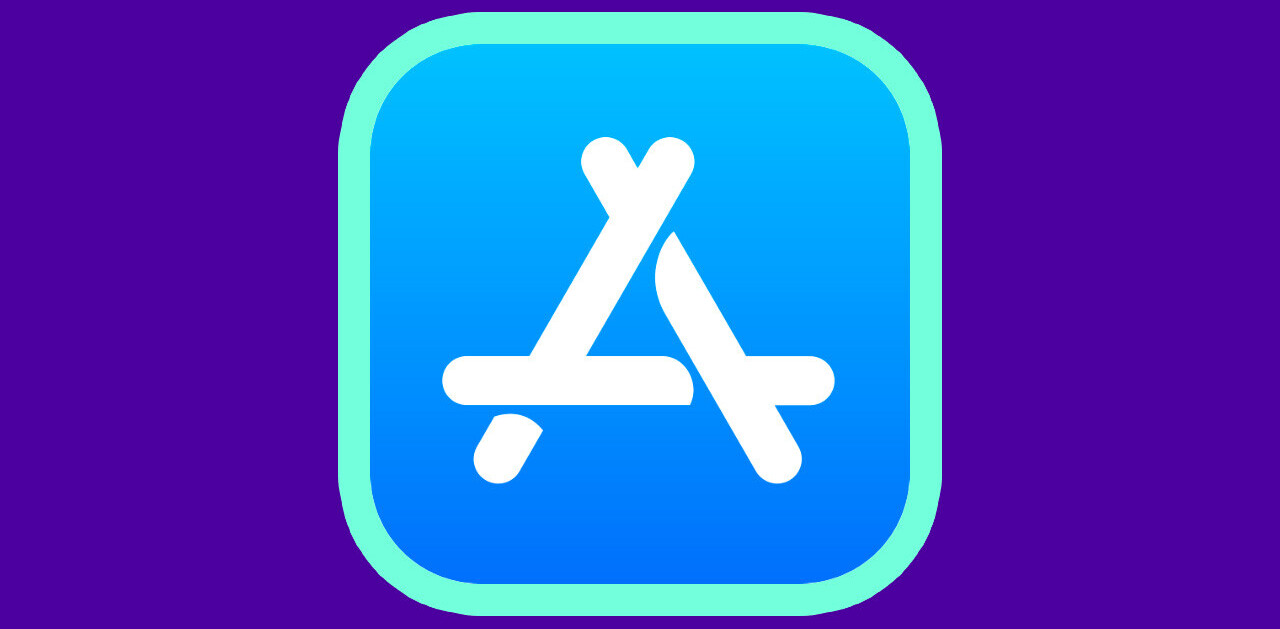
Collaborative document service Quip bumped up to version 2.0 today with the addition of several major features, including the ability to publish a read-only document, advanced search and an export to Word doc option.
Alongside the product announcement, Quip also revealed an impressive list of its top customers, such as Facebook, New Relic, Taser and Kent Moore Cabinets, that have incorporated the service into their workflows. Quip co-founder and former Facebook CTO Bret Taylor said in an interview that the past nine months have really exceeded his expectations in terms of the size of companies that Quip has been able to attract.
More than 5,000 companies currently use Quip in their workplaces. Interestingly, Taylor revealed that all of Quip’s customers have come through the App Store, rather than a sales team. Interested employees download the app on their own and try it out, and then Quip follows up with a sale afterward.
Quip’s new read-only publishing option augments the service to work for sharing documents in addition to collaborating on them. Users will have several permissions settings when generating a custom link for their documents so they can decide whether to show just a clean document, allow readers to comment, or enable editing. Also, when you share a document, recipients won’t need to sign up for an account or install the app to view it.

Part of the reason behind the new flexibility for sharing documents is that Quip needs to expand its service to accommodate both small business teams and larger organizations. Now, employees working at big enterprises can send out links to a mailing list to get feedback from a group without having to enable editing for everything. The read-only mode also means you can use Quip to share documents to Twitter and Facebook.
The new search features combine a search backend with a custom keyboard to make it easy to run complex queries on mobile. Quip will automatically suggest search operators and people at the top of the keyboard with minimal typing.

Taylor also said Quip had been meaning to build Word doc exporting for a while, but it took time to get it right so that tables, formatting and images would all export accurately. You should be able to take a document you’re working on in Quip on your phone and email it as a Word document in just a few taps.
Today’s release adds a number of key features to Quip that should make it easier to deploy across a variety of organizations. Moving forward, Taylor plans to expand to new document types, such as spreadsheets, and other forms of content creation. That said, the company isn’t planning on becoming a full productivity suite, as it doesn’t have to cater to legacy behavior.
“One of our perspectives at Quip is not to superficially plug old software onto touchscreens,” Taylor said. “Our strengths and our weakness are one and the same: we don’t have any legacy.”
➤ Quip for iOS
Image Credit: Shutterstock
Get the TNW newsletter
Get the most important tech news in your inbox each week.




